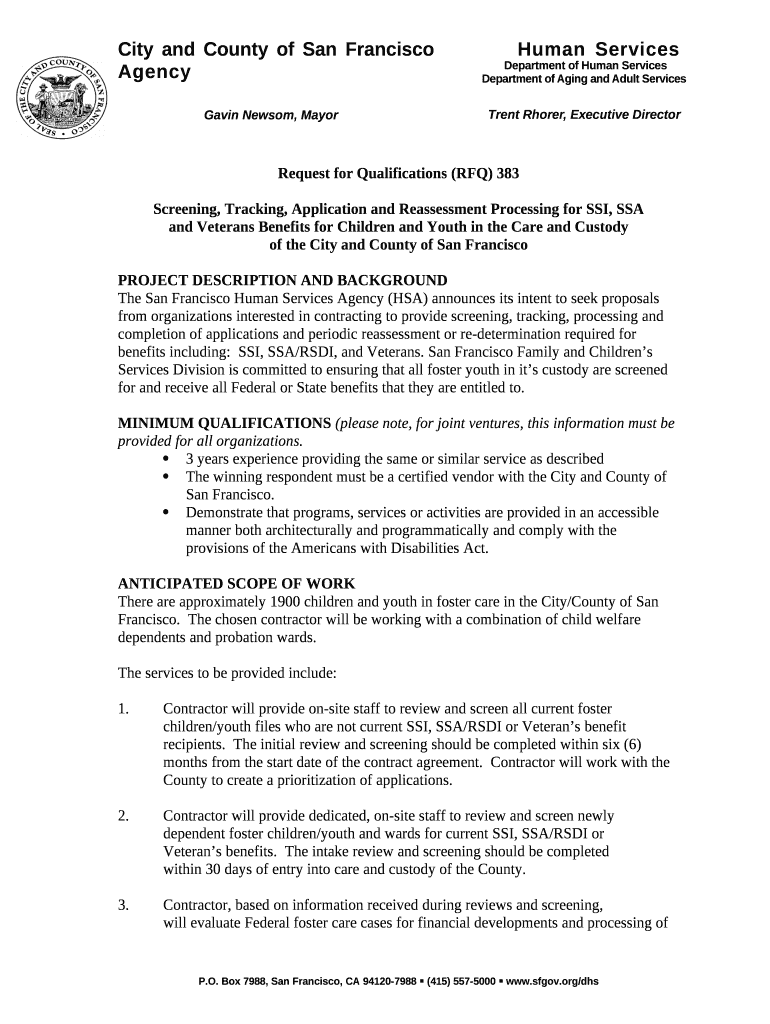Utilizing this structured approach offers several advantages. It streamlines vendor selection, enabling organizations to efficiently identify qualified candidates. This process fosters fairness and transparency, mitigating potential bias and ensuring a level playing field for all applicants. Ultimately, it leads to more informed decisions and better project outcomes.

This foundation of understanding will facilitate exploration of the key components, creation process, and best practices associated with this essential procurement tool.
Key Components
Effective pre-qualification requires a structured approach. The following components ensure a comprehensive and informative document:
1: Introduction: This section provides context, outlining the project’s scope and objectives. A clear explanation of the organization’s needs and the purpose of the pre-qualification process is essential.
2: Company Information: This section requests background information on prospective vendors, including company history, ownership structure, and relevant certifications.
3: Experience and Expertise: Details of past projects, client testimonials, and demonstrations of relevant skills and expertise are crucial for assessing capabilities.
4: Personnel Qualifications: Information regarding the qualifications and experience of key personnel who would be involved in the project is essential.
5: Financial Capacity: This section assesses the financial stability and capacity of potential vendors to undertake the project.
6: Project Approach and Methodology: Insight into proposed methodologies, project management strategies, and quality assurance processes offers valuable evaluative data.
7: References: Contact information for previous clients allows for independent verification of performance and capabilities.
8: Submission Instructions: Clear guidelines on submission deadlines, formats, and required documentation ensure a smooth and efficient process.
A well-structured document incorporating these elements allows for a thorough evaluation of potential vendors, leading to informed decision-making and successful project outcomes.
How to Create a Request for Qualifications Template
Developing a robust template requires careful planning and consideration of specific project needs. A well-structured document ensures a consistent and efficient evaluation process. The following steps outline the creation process:
1: Define Project Scope and Objectives: Clearly articulate the project’s goals, deliverables, and desired outcomes. A precise definition of requirements informs the content of the pre-qualification document.
2: Identify Essential Criteria: Determine the specific qualifications and experience necessary for successful project completion. These criteria will form the basis for evaluating potential vendors.
3: Structure the Template: Organize the document logically, incorporating sections for company information, experience, personnel qualifications, financial capacity, project approach, references, and submission instructions.
4: Develop Clear and Concise Questions: Formulate questions that elicit specific and relevant information from prospective vendors. Avoid ambiguity and ensure questions align with the identified evaluation criteria.
5: Establish Evaluation Metrics: Define a clear scoring system or rubric to objectively assess responses. This ensures a fair and transparent evaluation process.
6: Review and Refine: Before distribution, thoroughly review the template for clarity, completeness, and accuracy. Internal review and feedback can enhance the document’s effectiveness.
7: Pilot Test (Optional): Consider a pilot test with a small group of potential vendors to gather feedback and identify areas for improvement. This step helps refine the document before widespread distribution.
8: Finalize and Distribute: Once revisions are incorporated, finalize the template and distribute it to potential vendors through appropriate channels. Ensure clear communication regarding deadlines and submission procedures.
A meticulously crafted template facilitates the collection of relevant information, enabling organizations to make informed decisions and select the most qualified vendors for their projects. This structured approach ultimately contributes to project success and minimizes potential risks.
Careful consideration of components, creation process, and best practices ensures a robust, effective document capable of streamlining vendor selection. This structured approach facilitates informed decision-making, mitigates potential risks, and ultimately contributes to successful project outcomes by enabling organizations to select the most qualified partners. Investing time and resources in developing a comprehensive pre-qualification process yields significant long-term benefits.
Organizations seeking to optimize procurement processes and ensure project success should prioritize the development and implementation of a well-structured, standardized approach. Effective vendor selection is a critical factor in achieving project objectives, and this process provides a foundation for successful partnerships and positive outcomes. This proactive approach to vendor selection positions organizations for continued growth and success in a competitive landscape.
